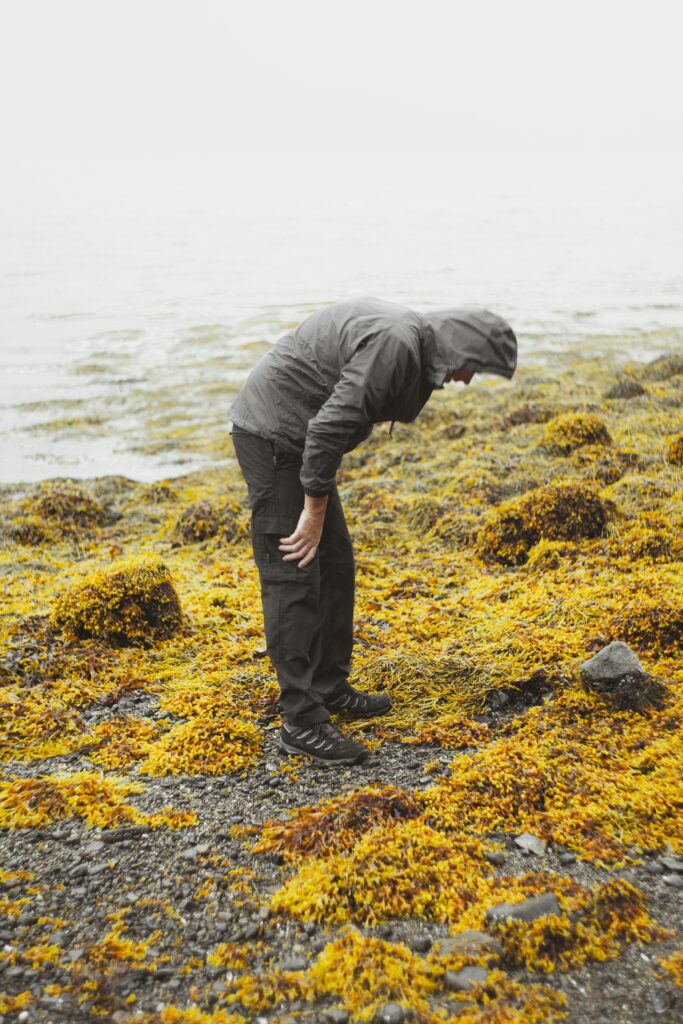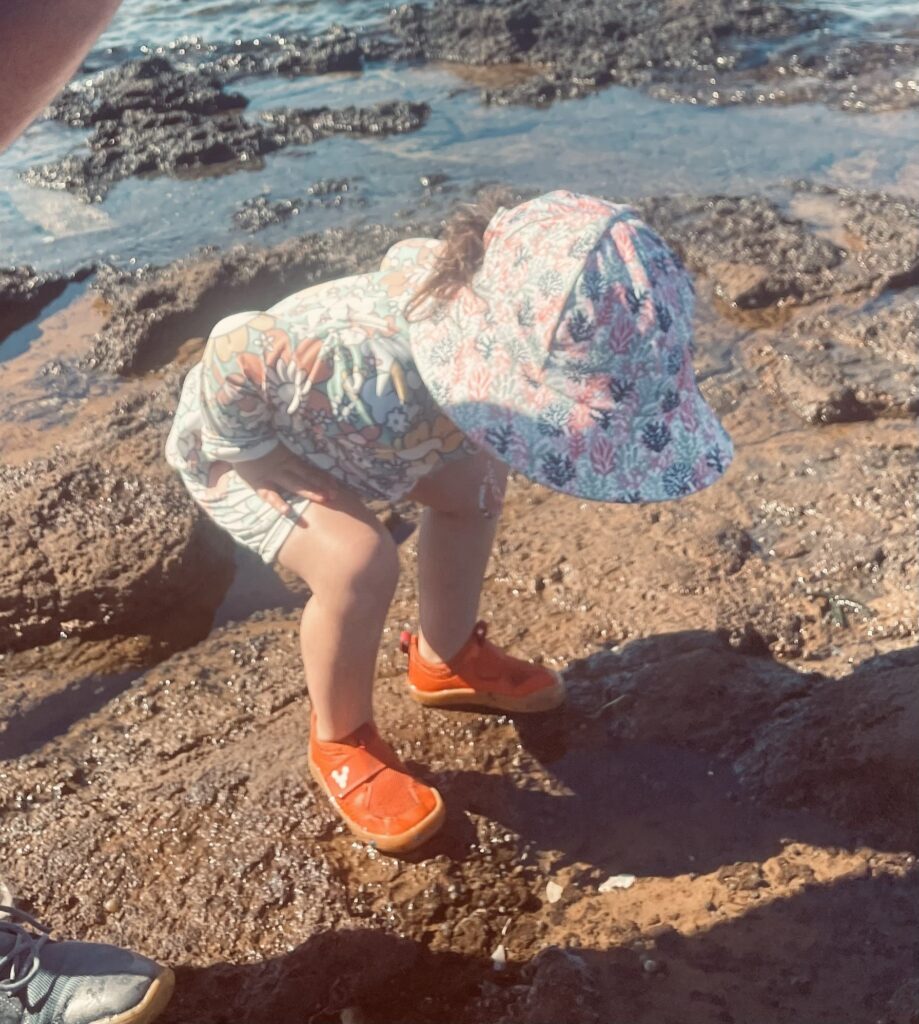My journey has commenced, and it began with a HUGE Super Session of testing. In the coming weeks I’m going to share with you some of my less than impressive results,. And what I think is a perfect example to demonstrate the belief that good health is not something your work to ‘attain’ rather something you work to ‘maintain’.
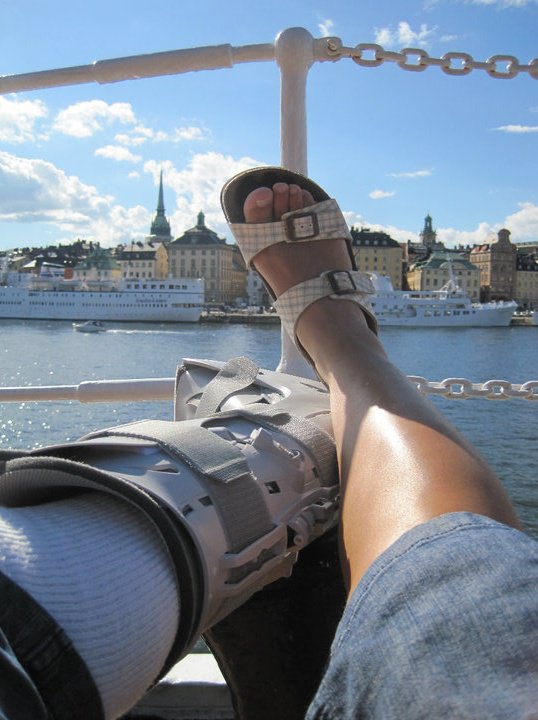
I ruptured my Achille’s Tendon back in 2010, undertook rehab to get back to good health, then found Crossfit in 2013. I trained heavily with minimal limitation, problems nor pain from this injury for four years before kids and sleep deprivation thwarted my much relished exercise regime.
Contrary to the commonly perceived notion that sport or exercise is the common cause of pain or reaggravation of injury, I think my case clearly demonstrates that it is the utter lack of sport, exercise or any kind of physical activity in recent years that has rendered me with A KNEE THAT FREQUENTLY & PAINFULLY LOCKS whenever I cross my legs…. which annoyingly (& nonsensically?!?) seems to be a habit I just can’t break!
TRACEY’S (UGLY) SUPER SESSION:
At Symmetry Health & Movement, a Super Session is traditionally a 60min comprehensive physical assessment involving standardized and evidence based tests to measure flexibility, strength, balance, co-ordination, agility or power.
I set myself a myriad of tests across all spectrums and underwent a session of testing that lasted more than 2.5hrs! I’ll be drip feeding results in the coming weeks, starting with the worst of the worst today:
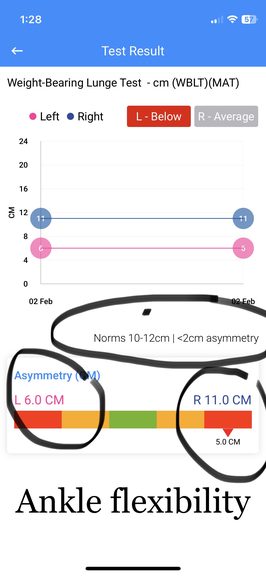
THE WEIGHT BARING LUNGE TEST:
WHAT IS IT?: A test for ankle flexibility:. Specifically dorsiflexion: the degree to which you can pull your toes & foot back towards your body.
HOW?: Measure the (forward) distance the knee is able to move beyond the point of the toes, without lifting the same side heel, nor twisting the hips/pelvis.
MY RESULTS:
L=6cm (this evoked L knee pain)
R=11cm
NORMS: 10-12cm, <2cm asymmetry
MY ASSOCIATED PAIN/INJURY/RISK:
Not only do I have an increased vulnerability to injury/pain of the left knee, ankle, foot & hip. With this kind of asymmetry, (just under half the mobility in my left ankle compared with my right) I’m setting myself up long term for some serious back pain. This is the making of Scoliosis/lateral curvature of the spine.
WHY?:
In order for us to walk, climb & descent stairs, squat, lunge or kneel without placing extra stress on other joints in our bodies, we need a good amount of ankle flexibility: 10-12cm of dorsiflexion to be precise.
Ankle stiffness causes us to change the way in which we move. Whether this results in a squatting technique that increases stress to the lower back due to poor biomechanics. Or to the avoidance of squatting entirely…. which can also lead to stress on the lower back, as those who avoid squatting tend to bend over/stoop to reach down instead of squatting. eg. picking a pair of socks from the floor or pulling a weed from the garden. (Hmmmm, perhaps now it makes sense as to why these inane actions commonly result in significant injury. Hands up if you’ve heard of someone “putting their back out” by picking a pair of socks up off the floor?)
We are beautifully, biomechanically designed to spread the load throughout our bodies when performing physical tasks. So when we significantly alter the efficient way in which we were born to move, we significantly increase stress to certain body parts or joints. And in my opinion, this shift from efficient movement is the main cause of increased “wear & tear” on the body. The kind of joint stiffness and stress that people like to blame on “old age”. And the farther the shift from efficiency, the greater the degree of “wear & tear”. Which is precisely why, as many of you know, I don’t subscribe to the old age adage, because this sort of stress upon the body is entirely preventable with the maintenance of efficient movement.
Same, same but different….
If you don’t use it, you lose it. We were born to squat! Unfortunately in this instance, my daughter is NOT demonstrating her best “squat”…. (pretty sure she’s assumed the ‘getting up close but not-too-close-and-ready-to-run-if-required’ position whilst on her very first rockpool exploration actually) but I thought it too good of a comparison to miss.
Now this is only a snapshot into the life of the gentleman on the left, but it also might be a good representation of physical adaptation. If perhaps our ankle stiffness causes us to avoid squatting and we then repeatedly avoid bending at the knees, our body gets good at bending elsewhere, perhaps to the point where it bends too much and has difficulty extending from the bend. In the case of this man’s body, ‘the bending’ is all happening in the upper back.
So at first glance, it might seem crazy to look to the ankle when it comes to back pain. You might question why on earth your Myotherapist is looking at your feet when ‘the pain is way up between my shoulder blades?!’, but hopefully you’ve learned something in the last few minutes of reading & might come to value the importance of ankle mobility, and of squats! Whether you’re one who avoids ’em or one who could do with improving your technique with them…. a personal share I’ll save for another time.
HOMEWORK: Now go and find yourself a ruler. Place the ruler on the floor next to an open space of wall and see how many centimetres you can shift the toes of your front foot from the wall, with your bent knee still touching it and your heel still on the ground.
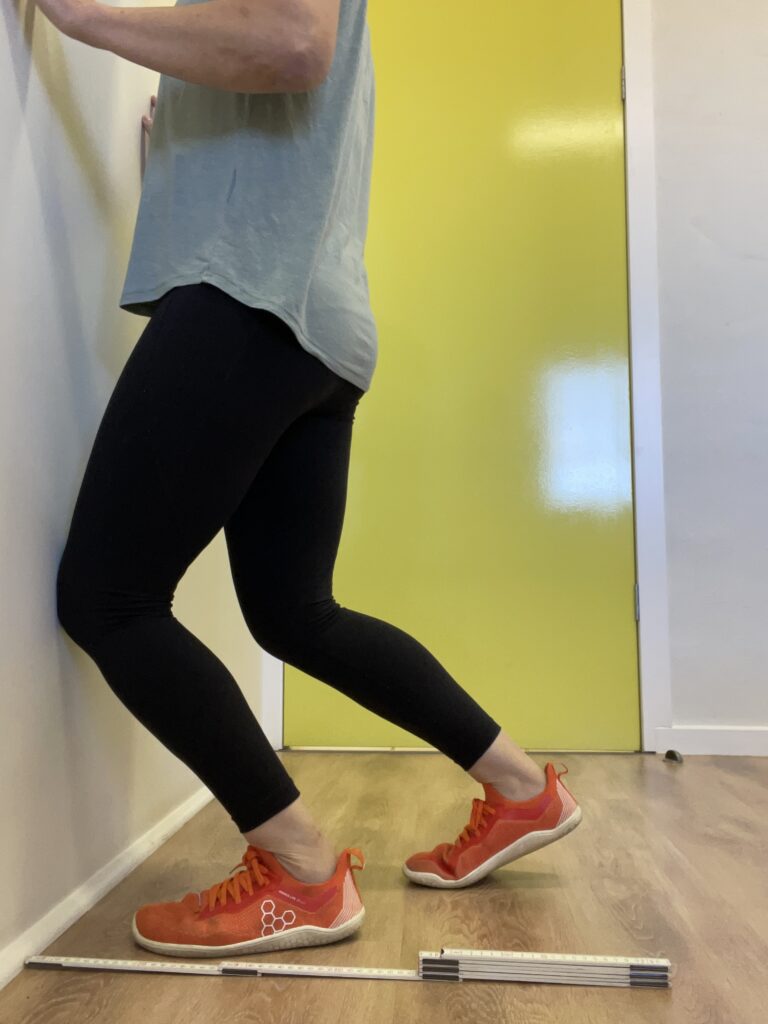
10cm & above for both ankles and your golden! Much less, or even worse a mismatched pair and you’ve some work to do! Some basic calf stretching is a good place to start.
Follow me on Facebook and Instagram for regular updates on “Tracey’s personal movement plan for action’. Where I’ll be continuing to share all the ugly results from my MASSIVE 2.5hr long Super Session, video analysed images of MY poor movement patterns, musings on my training experiences and more!
And if you’re interested in learning more about your body and how it moves, you can book an appointment below.
